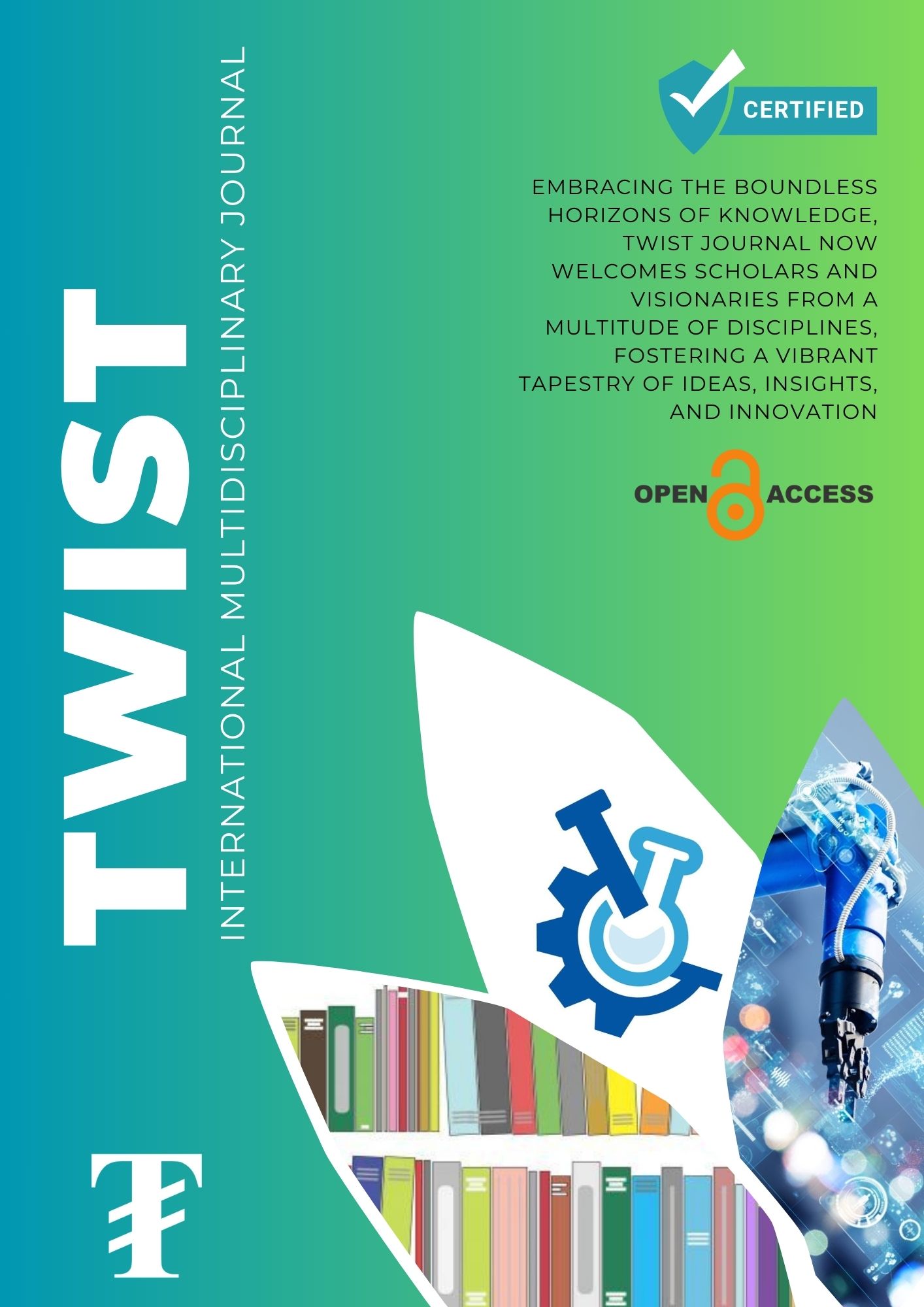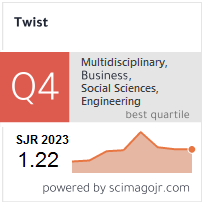Examining the Impact Caused by isiXhosa Dialects when Learning the Language
Keywords:
isiXhosa dialects, Home Language, Foundation Phase, Additional languageAbstract
In this article, I have examined the influence of dialects on the instruction and acquisition of isiXhosa as a home language (HL). The South African educational framework consists of a home language (HL) and an additional language; in certain institutions, isiXhosa may serve as the home language, whereas in others, it may function as the second additional language. Tensions between the home language and the second additional language emerge as the number of learners increases, leading to a reduction in the language's formality. Effective phonics instruction in the Foundation Phase (FP) necessitates considerable experience and a profound comprehension of language morphemes. In this context, various identifiable challenges arise in the effort to establish a formal and easily comprehensible language. The primary aim of this article was to conduct a comprehensive investigation into the influences of society, intermarriage, and human migration. The presence of dialects has significantly affected the standardization and formalization of isiXhosa in the FP. The structure of isiXhosa HL differs across regions due to human migration, technological progress, and societal instability. Secondary data methods have been employed to address the challenge of dialectal variation in the language standardization of isiXhosa. Additionally, this article conceptualizes the existing data within the realm of knowledge that speaks to isiXhosa dialects. The findings have suggested that dialects influence the teaching and learning of isiXhosa HL in the Foundation Phase, either positively or negatively.
Downloads
Downloads
Published
Issue
Section
License
Copyright (c) 2025 TWIST

This work is licensed under a Creative Commons Attribution-NonCommercial-ShareAlike 4.0 International License.











